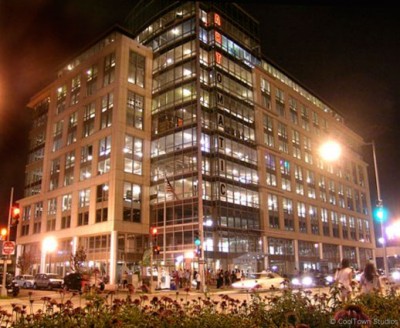The Economics of a Good Party

How does art and culture translate into economic value? Elizabeth Currid, author of The Warhol Economy presents an invaluable scientific view on an industry regarded as anything but in her article, The Economics of a Good Party: Social Mechanics and the Legitimization of Art/Culture.
Simply speaking, arts and culture establishes economic value the more it’s recognized as a scene, when people pay to share in the experience via goods or events. The real question is, how does it become a scene in the first place?
Elizabeth details the process through three role players: cultural gatekeepers, cultural commodity intermediaries, and the social community of consumers:
– The gatekeepers are the equivalent of the Renaissance’s Medici, the purveyors of talent and taste that have earned such a reputation through success, whether it’s a renowned designer or just someone who knows how to throw great parties. Once a gatekeeper identifies a cultural find, they work with…
– The intermediaries who represent the distribution channels (eg nightclubs, stores, parties) that provide consumer access to the ‘chosen’ associated cultural products and services. Place-specific reputation, exclusivity and rarity are context-oriented influencers.
Then there’s the cultural social network representing the market itself that not only makes or breaks a cultural trend, but is playing an increasingly larger role in influencing the economic viability of artistic and cultural taste, especially in a rising crowdsourcing economy…
Thanks to Brian Corrigan for the reference!
Image: A 5-week art scene generated by gatekeeper George Koch of Artomatic in Washington DC.

Leave a Reply